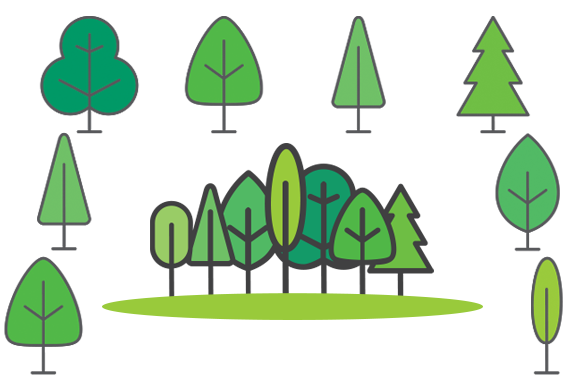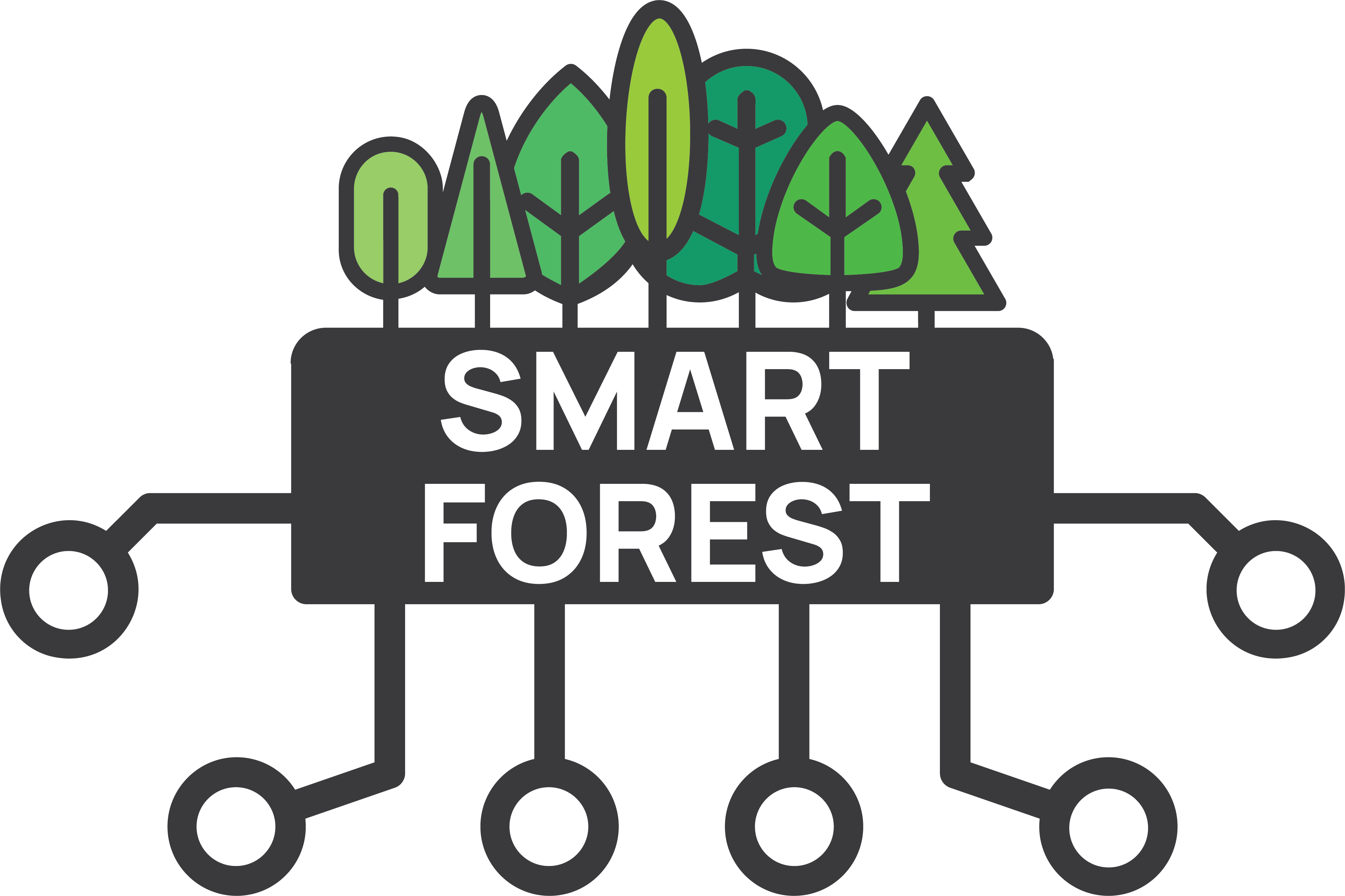SmartForest 2026 Programme
Thematic Blocks
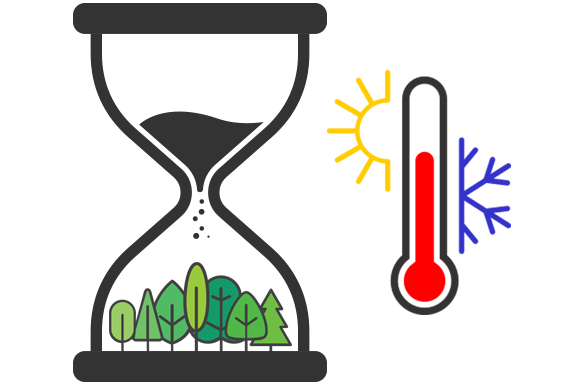
Block 1: Transitions in Forestry – Current Developments and Practical Insights
The effects of our changing world pose great challenges for the forestry sector. Climate impact, damage through pests or calamities, and dynamically changing forest conditions require continuous and precise record-keeping. Simultaneously, new digital technology presents the opportunity to reinvent strategic and operative processes in a more efficient way, thereby improving decision-making.
This block hones in on practical issues. Which inefficiencies exist, are there processes that are either faulty or overly expensive, and why are there still so many ineffective ways of work that continue amid a world full of cutting edge technologies? We try to determine which steps are required in order to make digital solutions more widely available and how these steps can be translated into concrete action points.
Focus Areas
- New Methods in Forest Inventory: The combination of terrestrial surveys, drone imagery, and satellite data to determine forest condition and timber stocks.
- From Data Collection to Application: Best practice examples of how digital monitoring data is incorporated into operational decisions or political planning.
- Practical Challenges: Limitations of current systems in terms of accuracy, usability, costs, or technical infrastructure. Which inefficiencies exist? Which processes are particularly error-prone or cost-intensive?
- Calls to Action: What steps need to be taken to overcome current obstacles (e.g. simplification of tools, standardisation of data formats, training, expansion of digital infrastructure, greater integration of practical knowledge into development)?
- Innovation and Future Prospects: What could processes look like in 2030 or 2040? Which innovations will be required to achieve this? Where are there already reliable tools in place?
Block 2: The Forest of the Future
The forests of Central Europe are facing profound changes. Climate change, new disturbance regimes, invasive species, and changing societal demands are already making a visible impact on our forests. The forestry sector will have to make decisions today whose effects will not be visible until decades from now. What could the climate-resilient forests of the future look like? Which tree species, mixtures, and management methods will prove successful? And how can different scenarios be modelled in order to reduce uncertainty and provide practical recommendations for action?
This session will look to the future: at scientific forecasts, innovative modelling approaches, and practical strategies to make forests resilient and productive.

Focus Areas
- Consequences of Global Change: Analyses and scenarios on climate change, altered disturbance regimes, and invasive species in Central Europe.
- Modelling and Scenario Development: Assessment of management measures, tree species selection, forest communities, and water balance with a view to long-term stability.
- Ecosystem Services in Transition: Impacts on carbon storage, biodiversity, timber production, and the protective functions of forests..
- Strategies for Climate-resilient Forests: Practical examples, new approaches, and pilot projects regarding the adaptation of forests and forestry operations to future conditions.
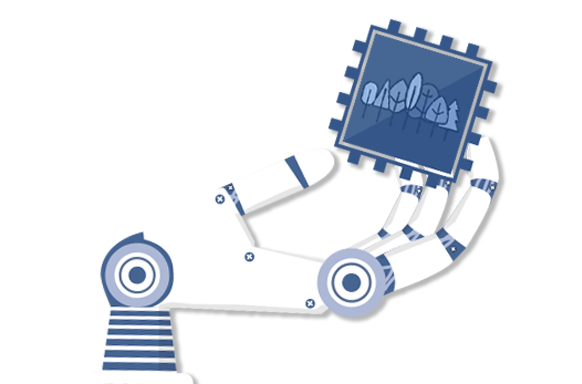
Block 3: Forestry Practice 4.0 – AI for Sustainable Forestry
Digitalisation is opening new doors for the forestry sector: Ever-growing amounts of data, modern sensors, and robust analytical processes such as machine learning can help document forest conditions more precisely, predict upcoming developments more accurately, automate a wide variety of processes, and improve decision-making. From drones and satellite imagery to Digital Twins, the technological revolution is already changing how forest inventories are kept and monitoring and operational planning are carried out today.
This session focuses on forward-looking digital approaches that demonstrate the potential of digital tools for sustainable forestry.
Focus Areas
- Practical Applications of AI-supported Remote Sensing: Successful examples of the use of satellite data, drones, and sensor technology to record forest conditions, damage, or growth dynamics.
- Artificial Intelligence as an Analytical Tool in Forestry: Opportunities and challenges in the use of AI-supported analyses, e.g. for tree species identification, damage detection, or forecasting models.
- Forecasting Models with AI: Use of machine learning methods to predict forest development, management scenarios, climate risks, and damaging events
- Decision Support Systems: Development and application of digital tools and platforms as practical decision-making aids for forward-looking strategies.
Block 4: Digital Twins & Data Spaces
A sustainable and future-oriented forestry sector requires a solid foundation of data. However, the diversity of available information – from satellite and remote sensing data, to soil data, and operational and machine data – poses a major challenge. Different formats, a lack of standards, and limited interoperability make it difficult to exchange information for communal use.
This session will discuss the opportunities, limitations, and initial experiences with data spaces, standards, and new technologies. It aims to find more efficient, transparent, and secure ways to work with forestry data and learn how this can create added value for practitioners, scientists, and policymakers alike.
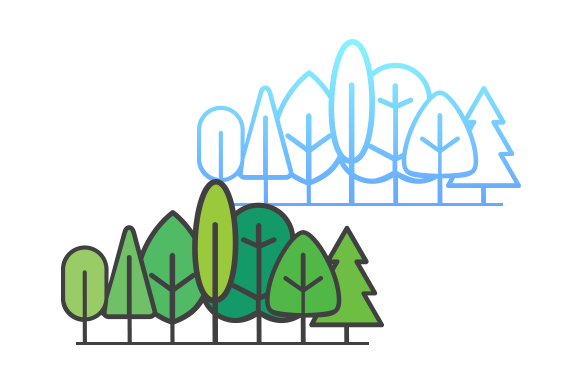
Focus Areas
- Data Spaces, Standards, and Infrastructure: Approaches for interoperable, secure, and efficient data exchange between different actors and systems.
- Artificial Intelligence & Digital Twins: Practical examples of the use of new tools for simulation, forecasting, and decision support.
- Edge- and Cloud-Computing in Forestry: Use of distributed computing capacities to efficiently process large amounts of data from sensors, drones, or machines and make that data usable in real time.
- Data Integration from IoT Sensors and Machines: Use of sensor data (e.g. soil moisture, tree growth, machine data) to continuously update digital twins and improve monitoring and forecasting systems.
- Best Practices and Governance Issues: Experiences from pilot projects, questions about data quality, access rights, data sovereignty, and acceptance in practice.
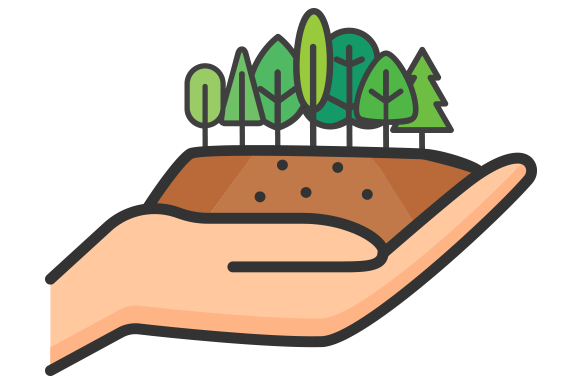
Block 5: Up Close with Innovative Forestry
The progress of technology has long passed out of the realm of theory and is already being tested in everyday forestry work. From digital tools to assess forest inventory to remote-controlled machines and drones or sensor technology, innovations help increase work safety, efficiency, and sustainability. Yet how can we integrate more of this technology into large-scale daily use without it requiring great effort? What obstacles are currently hindering implementation? Could it be costs, lack of training, technical complexity, or poor network coverage?
In this session, we would like to present practical examples, exchange experiences, and discuss how new technologies can enrich forestry operations. The focus will not only be on high-tech solutions, but above all on practical innovations that can be implemented immediately.
Focus Areas
- Digital Tools and Apps: Applications to support forest inventories, district planning or damage documentation.
- Drones, Sensor Technology, and Remote Sensing: Practical examples of monitoring, pest control, or young growth control.
- Barriers, Success Factors, and Solutions: Experience reports on costs, acceptance problems, training needs, or lack of digital infrastructure.
- Sustainability and Resource Efficiency through Innovation: Innovative timber harvesting and logistics systems for more efficient use of raw materials.
- Communication, Networking, Knowledge Transfer: Digital offerings for forest owners, forestry companies, and service providers to exchange knowledge and data
- Acceptance, Training, and Qualification: Success factors for the introduction of new technologies – from training requirements and user-friendly design to acceptance in forestry practice.
Block 6: Outdoor Sessions
The outdoor sessions offer the opportunity to not merely discuss technology and methods, but also to see them in action in an actual forest. Practical contributions that allow participants to experience the use of digital tools, new machines, or innovative monitoring methods first-hand can be submitted. The aim is to give participants concrete impressions of how modern forestry technologies work and the added value they offer.
We are looking for contributions that demonstrate how digital and technical forestry innovations can be applied in practice – from drone flights and mobile apps, to sensor technology and decision support systems. Interactive demonstrations that provide opportunities to share experiences and have discussions on site are particularly welcome.
Please direct any and all questions regarding the local circumstances to the SmartForest 2026 team: smartforest@wetransform.to
